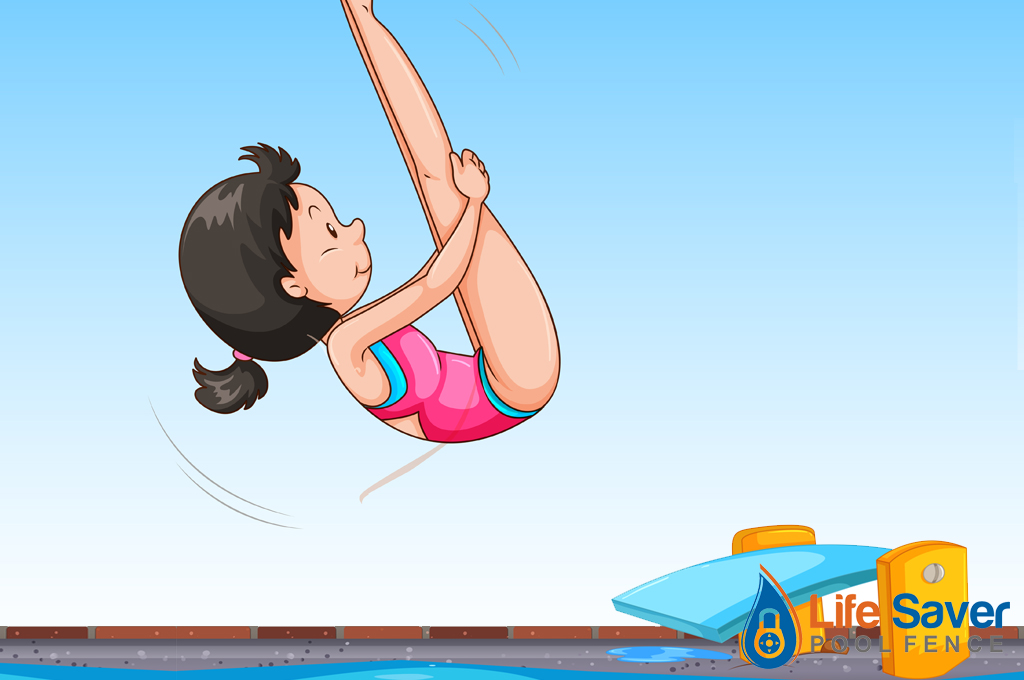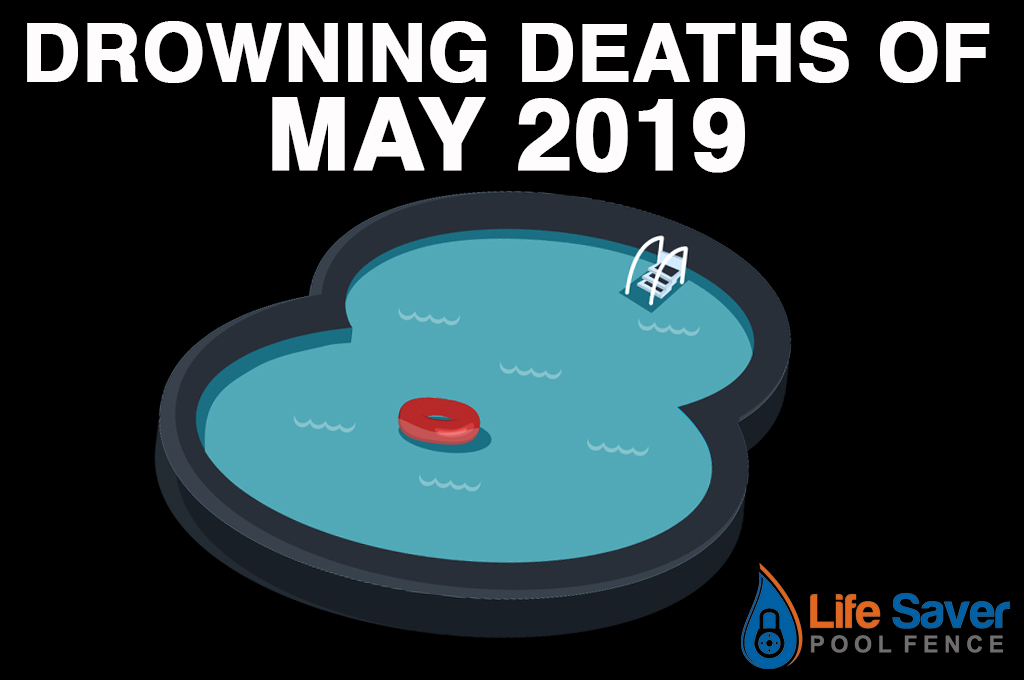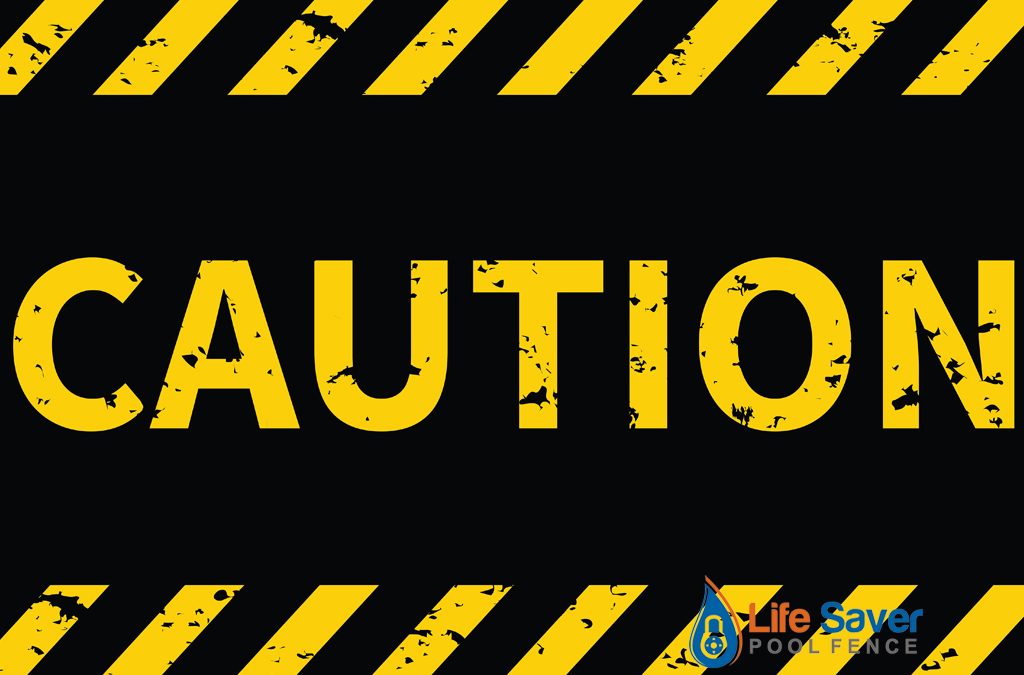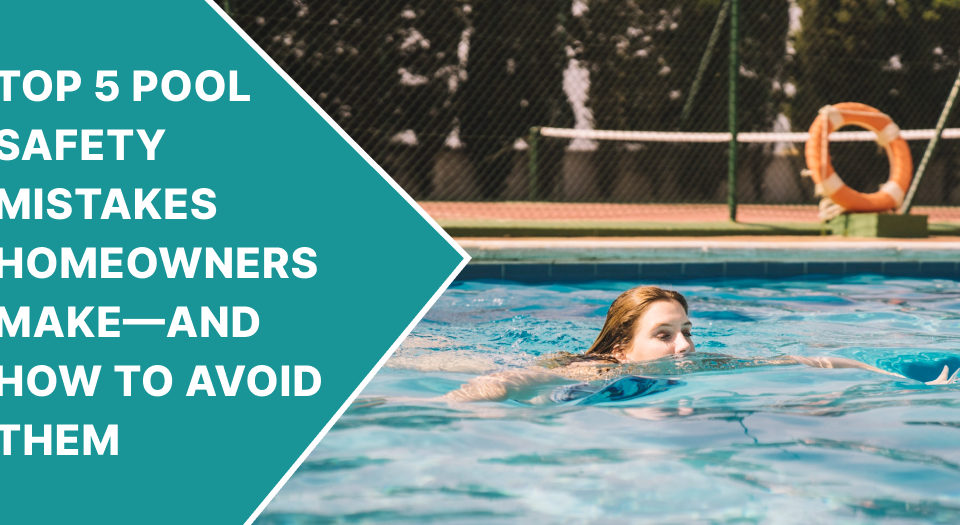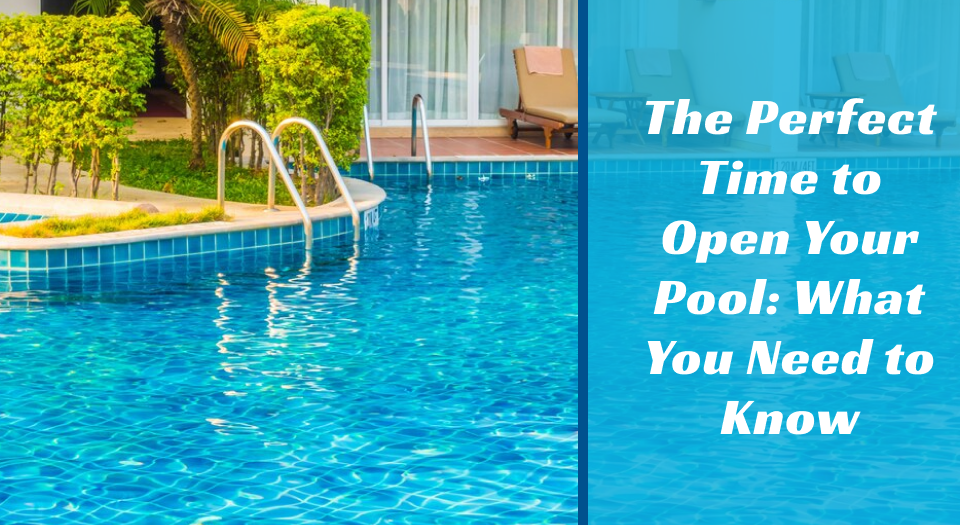Drowning can happen to anyone. That’s a somber fact that we often talk about on this blog. Recently, the celebrity world has been rocked by quite a few tragic fatal accidents. Both country music singer Granger Smith and Olympic skier Bode Miller have experienced the worst pain a parent can experience: losing a child. In both cases, the culprit was a terrible drowning incident.
Beyond Granger Smith: Drowning Can Happen to Anyone, At Any Time
Just last week, Granger Smith and his wife Amber shared the devastating news that they had lost their son, River, during a tragic accident. The three-year-old boy drowned at the family’s home.
Similarly, Morgan and Bode Miller lost their 19-month old daughter to another terrible accident last year. Little Emmy Miller drowned in a neighbor’s pool. As a result, the parents have since turned their efforts toward advocating for water safety.
While both of these situations are terrible, they sadly are not unique. Across the nation, drowning is a leading cause of death for children. That’s a sad but true fact according to the American Academy of Pediatrics. Believe it or not, drowning is the single leading cause of injury-related death among children aged one to four.
How Can Parents Protect Their Children?
The fact is, a water-related accident can happen suddenly and without warning. Fortunately, drowning is preventable if you take the proper precautions.
Overall, the best way to reduce the danger of a drowning at your home is to have multiple protection layers in place. After all, you don’t want to rely on only a single safety measure. If that one precaution fails, having a backup measure in place can help to keep your loved ones safe.
Using Layers of Protection
We recommend that all households consider implementing the measures listed below. As mentioned above, when combined these defenses will greatly improve your chances of a safe and delightful day by the water.
- Install a pool fence that is at least four feet tall with self-closing and self-latching gates. Pool fences are proven to save lives.
- Add high locks to all of the doors and windows that lead to the pool.
- Add alarms on the doors and windows that access the pool.
- Place an extra alarm inside the pool to warn if someone is in the water.
- An alarm like the Safety Turtle can be worn by your child as an additional safety measure.
- Everyone should be properly trained, including you. Swimming lessons should be given to your child as early as you and your pediatrician feel comfortable. Infant swim lessons train babies to roll over and float earlier than you might think. A study from USA Swimming shows that if a parent does not know how to swim, there’s only a 13 percent chance that their child will learn.
- Don’t forget the importance of CPR training. This tried-and-true safety training can absolutely save a life during an emergency.
Recognize the Signs of Drowning
Finally, it’s important that anyone who is supervising swimmers know how to recognize the signs of a drowning person. After all, drowning happens quickly and it is often remarkably quiet. When someone is drowning, they usually won’t loudly thrash around in the water. Instead, they’ll often quietly slip beneath the waves. For this reason, it is critical that we all learn to recognize when a person is struggling in the water.
This article, How to Recognize When Someone is Drowning, should be a helpful starting point.
Stories like those of Granger Smith and Bode Miller’s are terrible for anyone to read, but they can help spur others to action.

